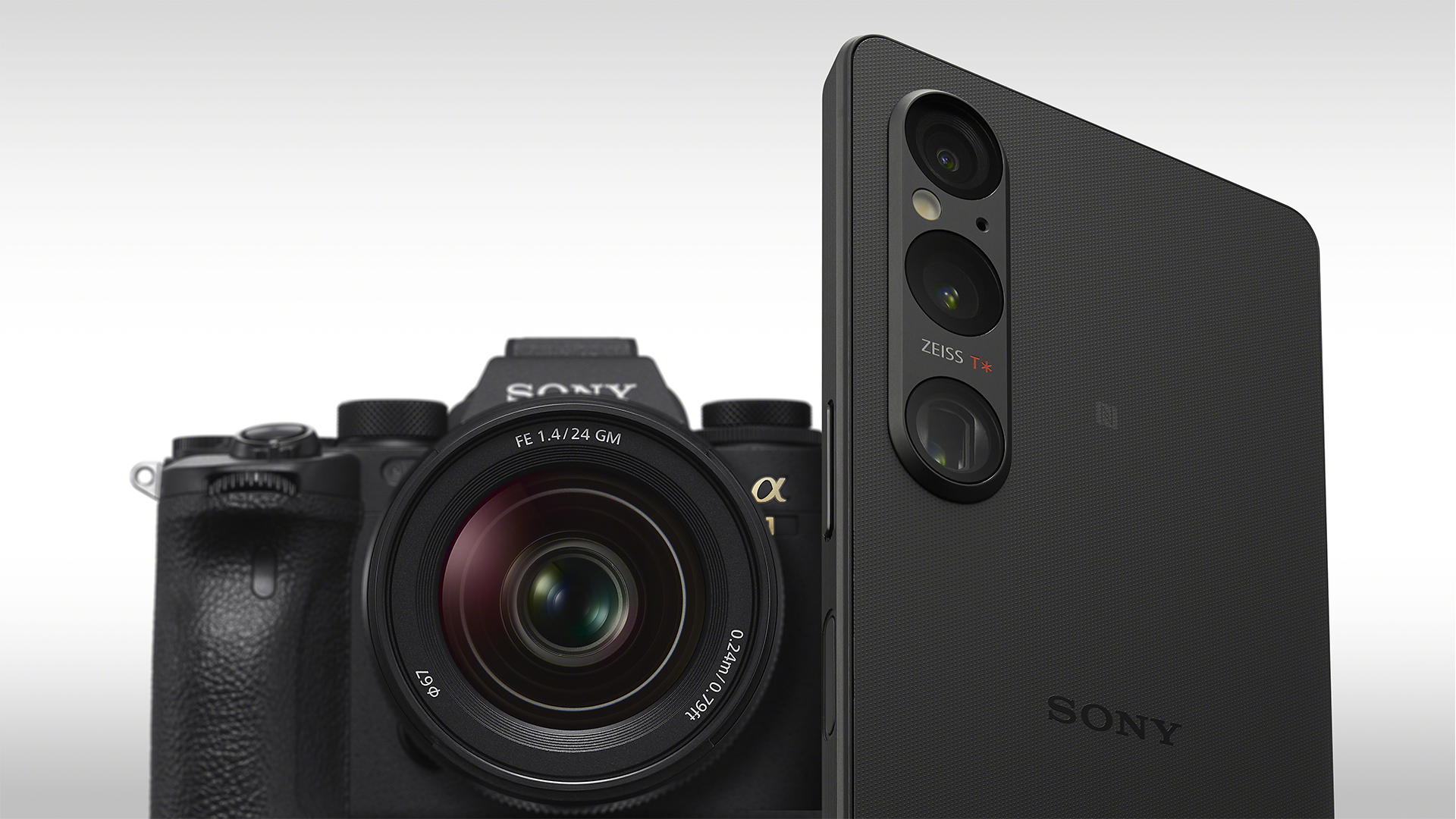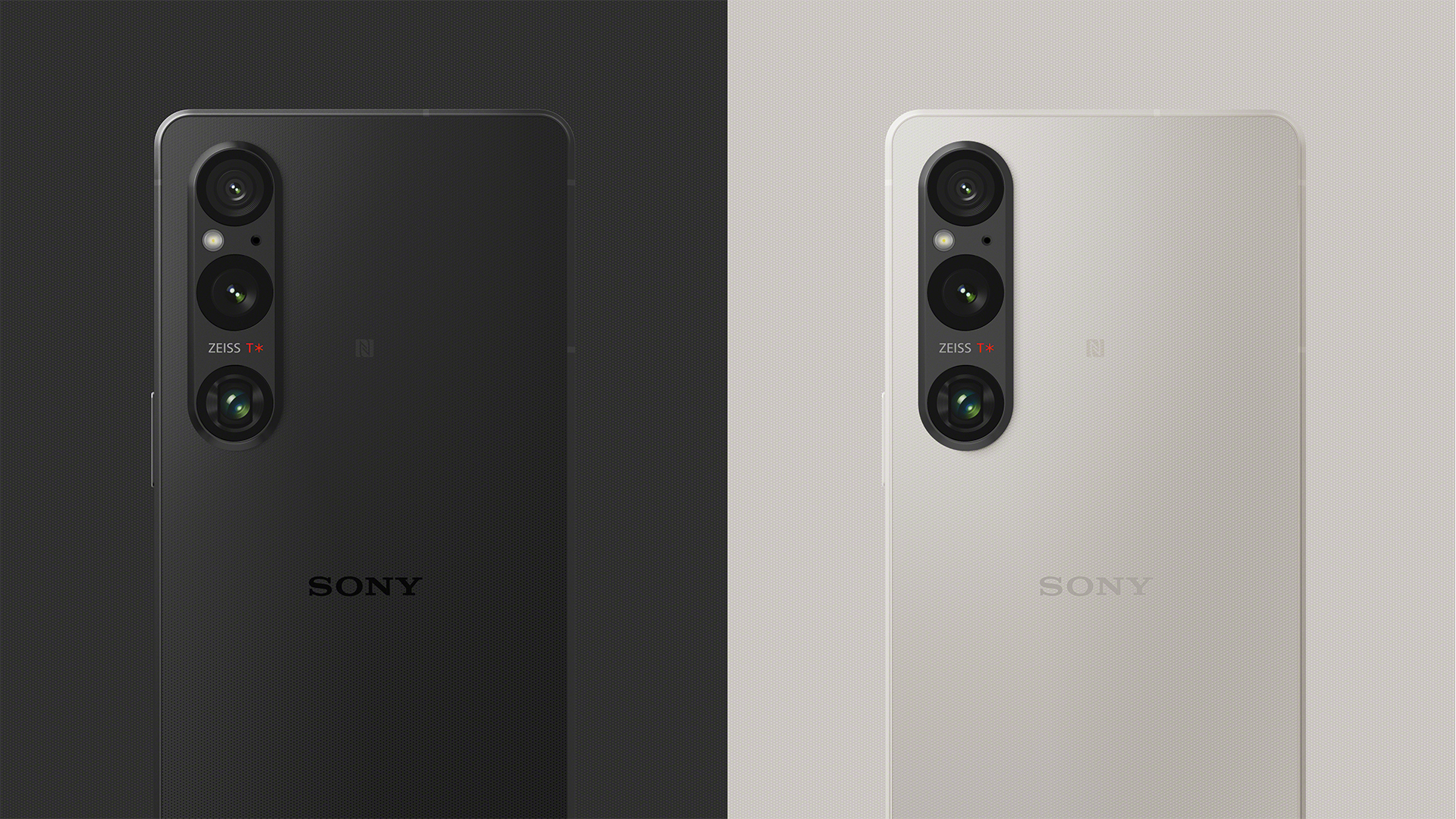
When it comes to the best phones, I must say that Sony Xperia handsets are rarely front-runners in among the best Android handsets on the market. But that doesn't stop the brand having a loyal fanbase – and Xperia handsets have been quietly kicking ass for some time now.
Enter the Sony Xperia 1 V, then, the fifth-generation of Sony's flagship handset, and I'm already impressed based on one fact alone: Sony has introduced an all-new camera sensor here, which is an important step in the progression of camera photography that suddenly makes this Xperia all the more appealing.
I suspect it's not just this Xperia handset that'll benefit either, which is what makes this phone a game-changer. Sony is a stalwart in the development of camera sensors and chances are the phone currently in your pocket (on your desk, or wherever) already has a Sony 'IMX' sensor inside. The inclusion of this all-new sensor in the Xperia 1 V is a quiet positive for improving phone camera photography elsewhere too.
The Xperia 1 V is the first device to feature this all-new sensor, which has 48-megapixels (of its 52MP total) available and is built on what Sony calls Exmor T architecture. That's basically a way to say that the photodiodes are separate to the transistors on separate layers, permitting them to be larger for a cleaner signal, enabling the processing to deliver better low-light results. It outputs at 12-megapixels, using a 4-in-1 'pixel binning' approach.

Not that the Xperia 1 V has just the one camera. Oh no, this flagship features a triple rear camera setup: the 24mm f/1.9 equivalent main sensor (Exmor T), plus a 16mm wide-angle and 85-125mm f/2.3-2.8 optical zoom (both of which are last-gen Exmor RS). That kind of outlay sounds primed to take on the Samsung Galaxy S23 Ultra to me.
The camera arrangement is fairly similar to the previous Xperia 1 IV, a handset that had some really interesting features – enough to make even an iPhone user lust after its appeals. I think the Xperia 1 V will do much the same, not only on the cameras front, but also thanks to a widescreen (21:9) screen aspect ratio and an ultra-rare 4K resolution that you'll find in almost no other handset these days.
I think it's really interesting that Sony has revealed its handset mere hours after Google I/O finished, having revealed the pinnacle of Android's future with the Google Pixel Fold. Sure, the Xperia 1 V is an entirely different beast, but it's bold enough in the cameras department at the very least to make people stand up and pay attention. I certainly am.







